Introduction:
Why the Right Tools Make Blogging Easier
Blogging isn’t just about writing great content anymore. With the digital landscape evolving rapidly, bloggers need efficient tools to streamline their workflow, improve creativity, boost SEO, and engage audiences effectively. Whether you’re a newbie or a seasoned pro, using the right blogging tools can save time, increase productivity, and help your blog thrive. In this article, we’ll explore the best blogging tools you should consider to elevate your blogging game in 2025.
1. Writing and Editing Tools
Grammarly
Nothing kills your credibility faster than typos and grammar errors. Grammarly helps catch mistakes, suggests style improvements, and ensures your content is clear and professional.
Hemingway Editor
If you want your writing crisp and readable, Hemingway highlights complex sentences, passive voice, and hard-to-read passages to make your content punchy and engaging.
Google Docs
Perfect for drafting and collaborating, Google Docs offers real-time editing and cloud storage, making it easy to write anywhere and share with editors or teammates.
2. SEO Tools
Yoast SEO
One of the most popular WordPress plugins, Yoast SEO guides you through on-page optimization, readability analysis, and meta descriptions, helping your posts rank better.
Ahrefs
A powerful tool for keyword research, backlink analysis, and competitor insights. Ahrefs helps you find the right keywords to target and monitor your site’s SEO health.
SEMrush
All-in-one marketing toolkit with keyword tracking, SEO audits, content ideas, and social media scheduling to keep your blog visible and competitive.
3. Content Planning and Organization
Trello
A visual project management tool that helps you organize your blog ideas, schedule posts, and track progress with boards, lists, and cards.
Notion
An all-in-one workspace perfect for managing editorial calendars, content outlines, research, and collaboration in a flexible and customizable interface.
Evernote
A go-to tool for capturing ideas on the fly, clipping web pages, and storing research notes — keeping everything you need in one place.
4. Graphic Design and Visual Content
Canva
Canva makes graphic design a breeze with drag-and-drop templates for blog headers, social media posts, infographics, and more — no design skills needed.
Adobe Spark
Create stunning visuals and short videos quickly, ideal for promoting your blog content across social platforms.
Unsplash & Pexels
Free stock photo libraries offering high-quality images to enhance your blog posts without breaking copyright rules.
5. Website and Blogging Platforms
WordPress
The king of blogging platforms, WordPress offers unmatched flexibility, thousands of themes and plugins, and full control over your content.
Squarespace
Great for beginners who want beautiful, easy-to-build websites without coding. Squarespace offers sleek templates and built-in blogging features.
Medium
A simple platform to reach a built-in audience quickly, though less customizable than WordPress.
6. Analytics and Performance Tracking
Google Analytics
Track your visitors, understand their behavior, and measure your blog’s performance to make data-driven decisions.
Google Search Console
Monitor your site’s presence in Google search results, identify indexing issues, and optimize your content for better visibility.
Hotjar
Visualize user interaction with heatmaps and recordings to understand what readers click, scroll, and ignore on your blog.
7. Social Media Management
Buffer
Schedule and manage your social media posts across multiple platforms to keep your audience engaged without manual effort.
Hootsuite
Another robust social media tool that helps you monitor mentions, schedule content, and analyze performance.
Tailwind
Perfect for Pinterest and Instagram scheduling, Tailwind helps bloggers grow their visual social presence efficiently.
8. Email Marketing Tools
ConvertKit
Designed for bloggers, ConvertKit helps you build email lists, automate campaigns, and engage subscribers with personalized content.
Mailchimp
Popular and beginner-friendly email marketing with customizable templates and audience insights to grow your blog community.
Conclusion
Having the right blogging tools is like having a secret weapon in your arsenal. From writing and SEO to design, analytics, and social media, the tools you choose can massively improve your workflow, creativity, and results. Don’t try to do everything manually or guess what works. Experiment with these tools and find the perfect combo that suits your style and goals. Happy blogging in 2025!
FAQs
Q1: Are paid blogging tools worth the investment?
Yes, they often save time and offer advanced features that boost productivity and results.
Q2: Can I blog successfully without SEO tools?
Possible but challenging. SEO tools help you reach a wider audience effectively.
Q3: Which tool is best for graphic design beginners?
Canva is extremely user-friendly and perfect for beginners.
Q4: How often should I check my blog’s analytics?
Monthly checks are good to monitor trends and adjust your strategy.
Q5: Can I manage social media and blogging tasks with one tool?
Some tools like Hootsuite and Buffer cover social media, but blogging often needs specialized tools too.
Please don’t forget to leave a review.
Explore more by joining me on abdallablog


